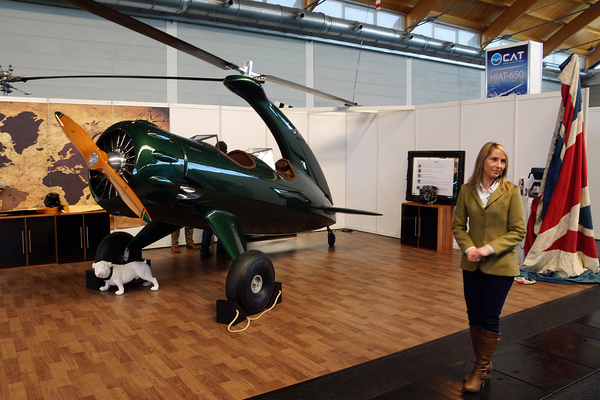zaitcev
En-Route
- Joined
- Sep 30, 2010
- Messages
- 3,257
- Display Name
Display name:
Pete Zaitcev
If one is serious about a gyro, he should heed Ira and perhaps buy his book. And hopefuly you understand that modern gyros are safe (as safe as airplanes). However, here's a couple of short practical notes.
The biggest thing to understand is that gyro requires about twice more power than you're used to. For example, nowadays the rule of thumb is 100 hp for a 2-seater like an LSA or Cub. For a gyro, you want 100 hp on a single seat, unless you live in Florida. Well, something skeletal like Butterfly or Lightning can do with a 65 hp Rotax 2-stroke, but that's really pushing it in my opinion.
I live at 5,000 ft and the only guy who's truly successful with his gyro around here is the guy who has a SS 2-seater with a 2.5L turbo Subaru engine. He says it's about 230 hp. Everyone else buys something with a Rotax 912, learns that performance is abysmal bordering on usafe, then sells.
Here's what a typical underpowered gyro takeoff looks like in practice, filmed by yours truly:
DO NOT SKIMP ON POWER IN YOUR GYRO.
Obviously, in cruise flight, all that power equals a massive fuel burn, so your range is going to be smaller than in comparable airplane, even a STOL one.
The biggest thing to understand is that gyro requires about twice more power than you're used to. For example, nowadays the rule of thumb is 100 hp for a 2-seater like an LSA or Cub. For a gyro, you want 100 hp on a single seat, unless you live in Florida. Well, something skeletal like Butterfly or Lightning can do with a 65 hp Rotax 2-stroke, but that's really pushing it in my opinion.
I live at 5,000 ft and the only guy who's truly successful with his gyro around here is the guy who has a SS 2-seater with a 2.5L turbo Subaru engine. He says it's about 230 hp. Everyone else buys something with a Rotax 912, learns that performance is abysmal bordering on usafe, then sells.
Here's what a typical underpowered gyro takeoff looks like in practice, filmed by yours truly:
DO NOT SKIMP ON POWER IN YOUR GYRO.
Obviously, in cruise flight, all that power equals a massive fuel burn, so your range is going to be smaller than in comparable airplane, even a STOL one.

